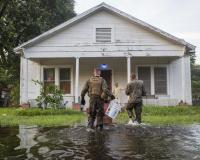
Vibrant Environment
Environmental Justice
All | Biodiversity | Climate Change and Sustainability | Environmental Justice | Governance and Rule of Law | Land Use and Natural Resources | Oceans and Coasts | Pollution Control

Just over five months have elapsed since Hurricane Harvey battered the Texas Coast, dropping more than 50 inches of rain on parts of the Houston area. The storm’s devastation was swift, killing 88 people and displacing many thousands. Yet, Harvey’s full impacts continue to unfold. Beyond imposing huge material losses, the storm has taken a significant toll on the health of those in its wake. It may be wise to understand storm events like Harvey not only as short-term physical disruptors, but as public health crises that will likely unfold over many years, long after media attention and political will to respond may have cooled.

January is National Radon Action Month, a good time for policymakers to consider what action they can take to address one of the most important—and preventable—indoor health risks facing their constituents. Radon is responsible for around 21,000 lung cancer deaths in the United States each year. That makes it the second leading cause of lung cancer overall and the leading cause among non-smokers, according to EPA.
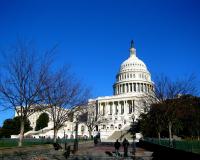
On October 24, 2017, Sen. Cory Booker (D-NJ) and Rep. Raul Ruiz, M.D. (D-CA) announced The Environmental Justice Act of 2017 (EJA), S. 1996, H.R. 4114, a bill focused on strengthening legal protections against environmental harms for communities of color, low-income communities, and indigenous communities. The EJA would be the first federal law of its kind, and follows in a 25 year legacy of legislative efforts, starting with the great Rep. John Lewis (D-GA) in the 1990s, to codify environmental justice (EJ) once and for all.

As reported in the Environmental Law Reporter’s Weekly Update this month, two cases involving the controversial Dakota Access Pipeline have been decided in the courts.
Chief among those cases was Standing Rock Sioux Tribe v. Dakota Access. In that case, a district court held that the Dakota Access pipeline could continue to operate while the U.S. Army Corps of Engineers corrects deficiencies in its environmental assessment for the project.

Tribes and Native villages are demonstrating reinvigorated environmental activism as they face increased pressures on natural resource use. Consequently, some of the most significant new developments in environmental law are occurring in Indian country. This month, ELI features a two-part webinar series on “Emerging Environmental Issues in Native Communities.”
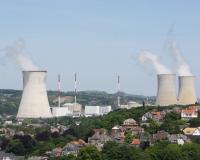
Pres. Barack Obama made a number of promises related to environmental justice when he hit the 2008 campaign trail: he said he would strengthen the EPA Office of Environmental Justice, expand the environmental justice small grants program, and empower minority communities to respond to health threats. For the most part, he delivered.

The sage lexicographers at the Oxford Dictionary chose the hyphenated couplet post-truth as the Word of the Year for 2016 — twelve months that saw made-up facts supersede real facts on a daily basis. An analysis by BuzzFeed concluded that “in the final three months of the U.S. presidential campaign, the top-performing fake election news stories on Facebook generated more engagement than the top stories from major news outlets” including the New York Times, Washington Post, and 17 others — combined.
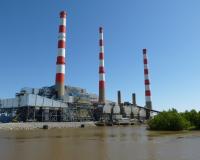
Earlier this year, more than a dozen federal agencies produced a new resource document that pulls together methods that they use to evaluate environmental justice (EJ) concerns when preparing environmental analysis of proposed actions under the National Environmental Policy Act (NEPA).
This new document, Promising Practices for EJ Methodologies in NEPA Reviews (the Promising Practices report), was the product of more than three years of work by a NEPA Committee established by the federal Interagency Working Group on Environmental Justice.

Originally posted on ACOEL's blog.
One of the interesting questions that emerged in the strategic planning process for the Environmental Law Institute is whether ELI could offer more support in the development and/or administration of supplemental environmental projects, or “SEPs”.
Having played a role in the birthing of the original SEP framework in the early 1990s while at EPA, and through my own experience as a practitioner, I am convinced that penalty mitigation through the performance of SEPs can come as close to a win-win as is possible in the enforcement context.
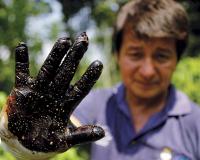
I was in the 10th grade when I first heard about the ecological and human health disaster caused by petroleum extraction in Ecuador. A film festival in my hometown showed Crude, a documentary that details the impact of abandoned oil fields near Lago Agrio and the accompanying legal battle. Local populations whose livelihoods and health were allegedly harmed by careless corporate and government actions had been fighting to hold Texaco accountable for cleanup and compensation since 1993. The film, however, focused on several key characters that became involved in the case many years later. There were lawyers (Steven Donzigner and Pablo Fajardo), a corporation (Chevron, which acquired Texaco in 2001), celebrities (including Sting), and a young and charismatic Presidente (Rafael Correa of Ecuador).